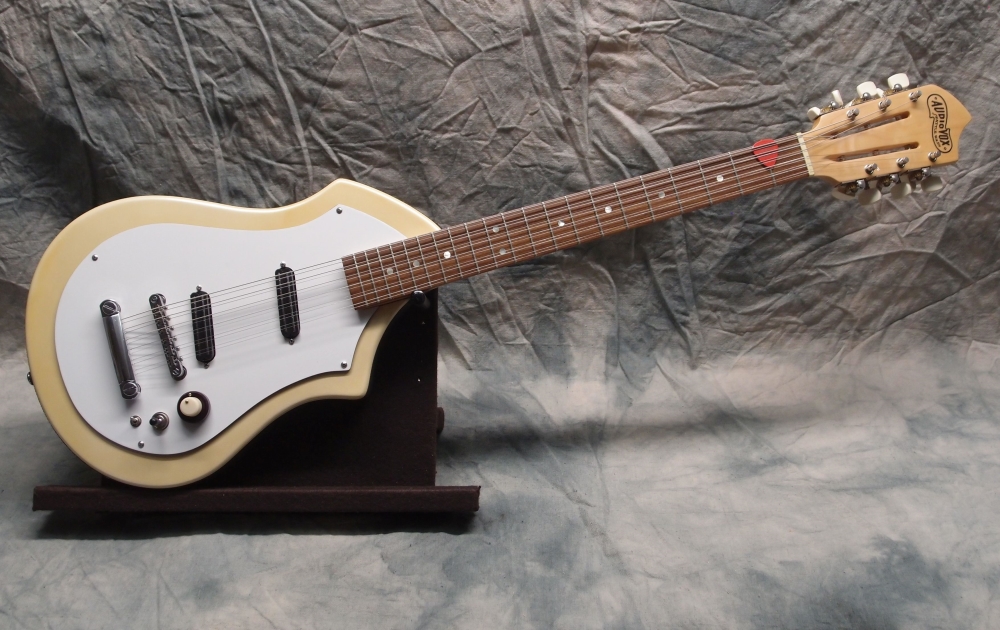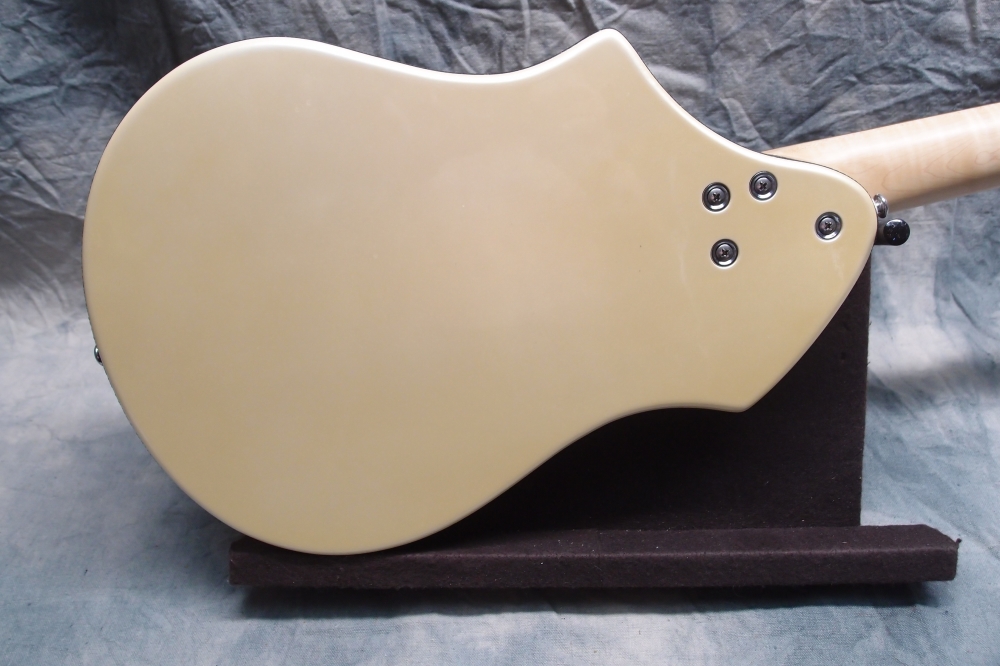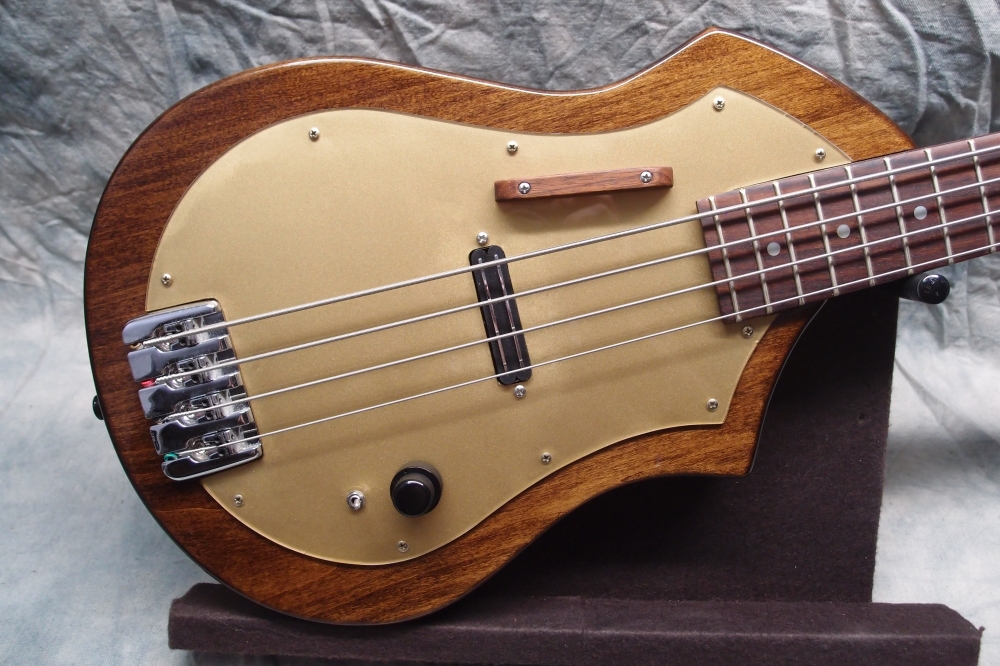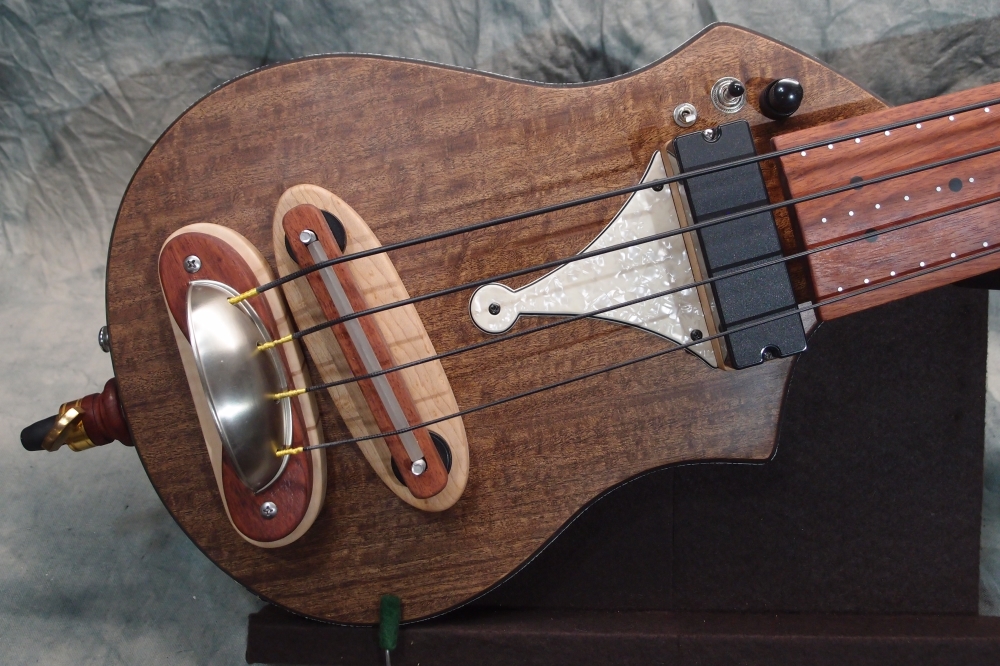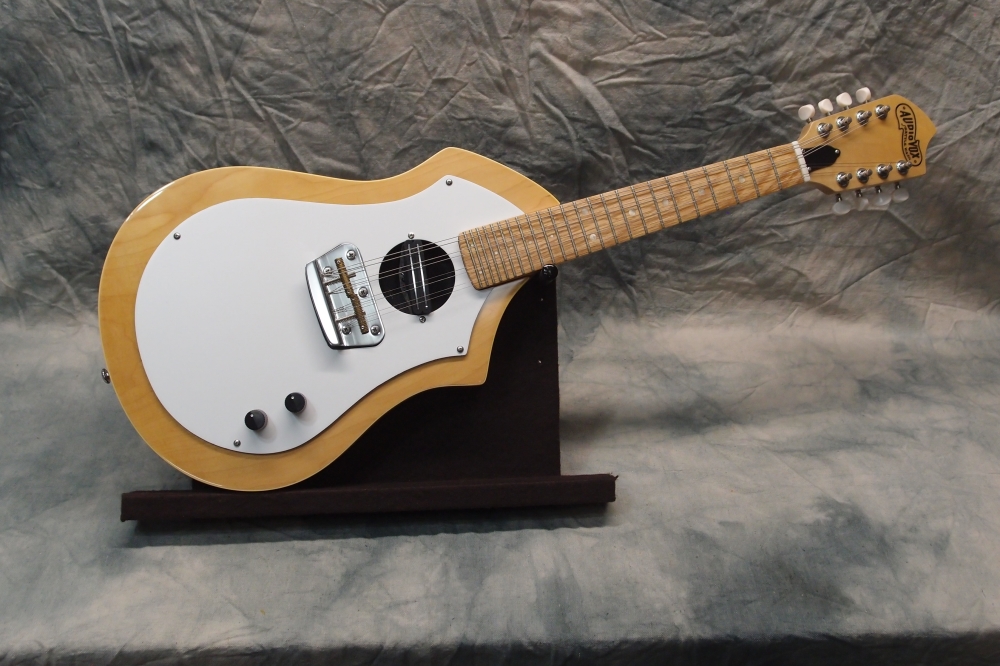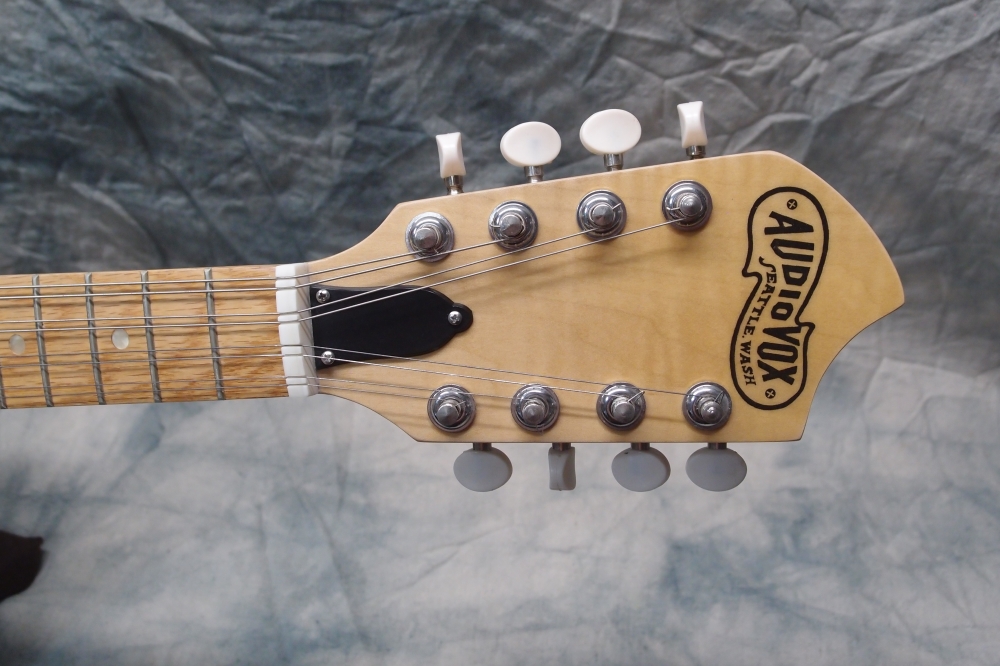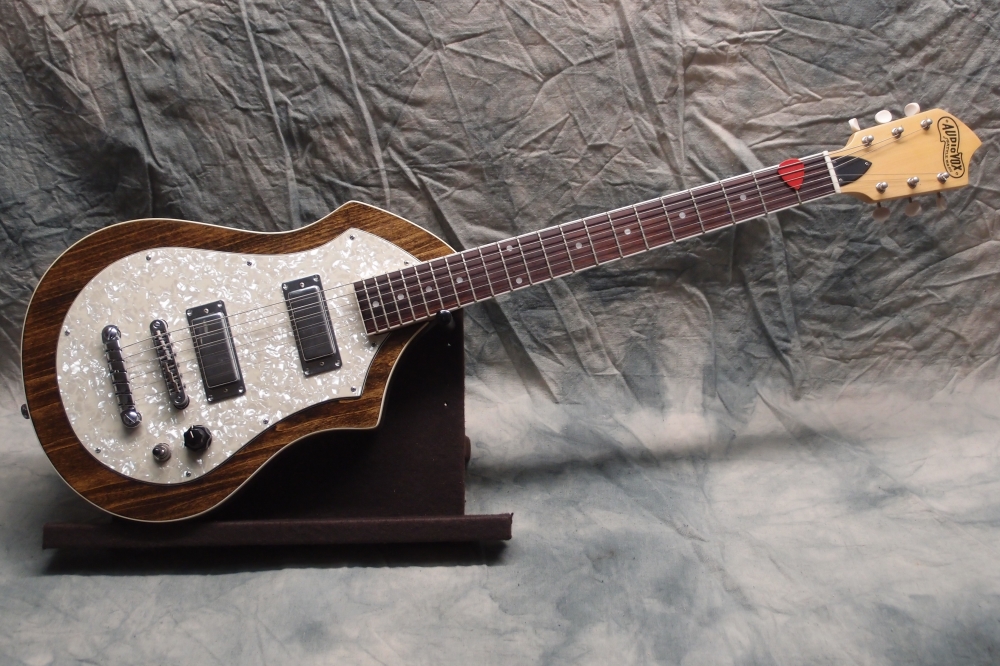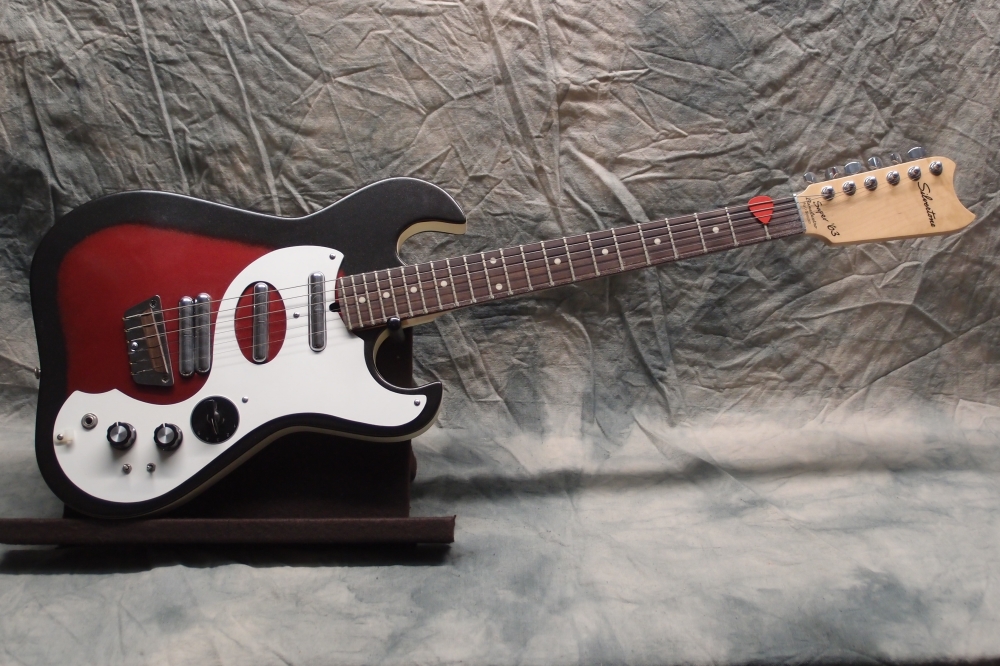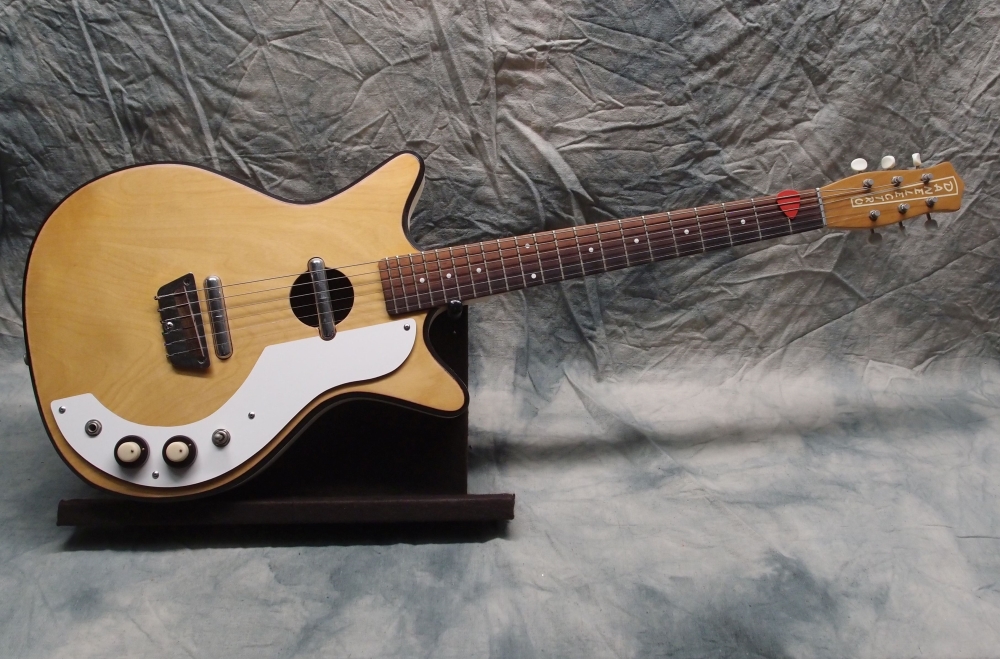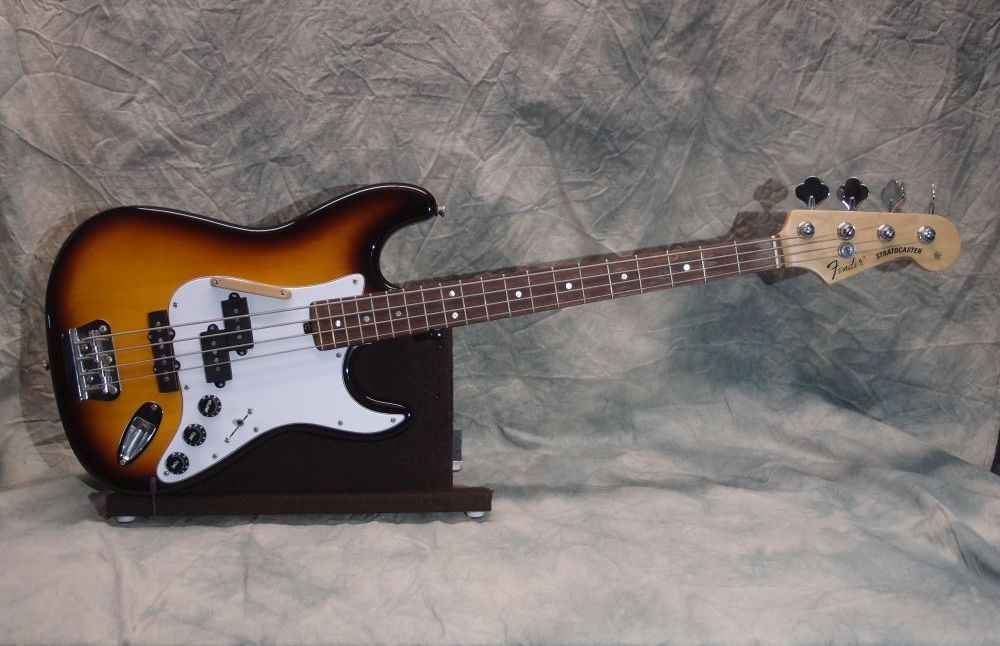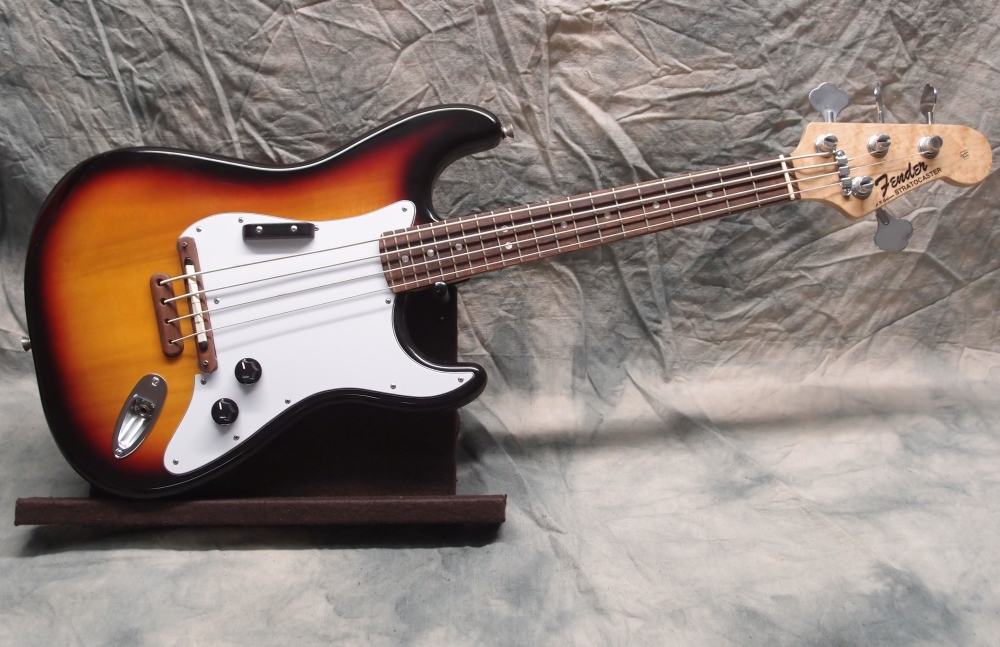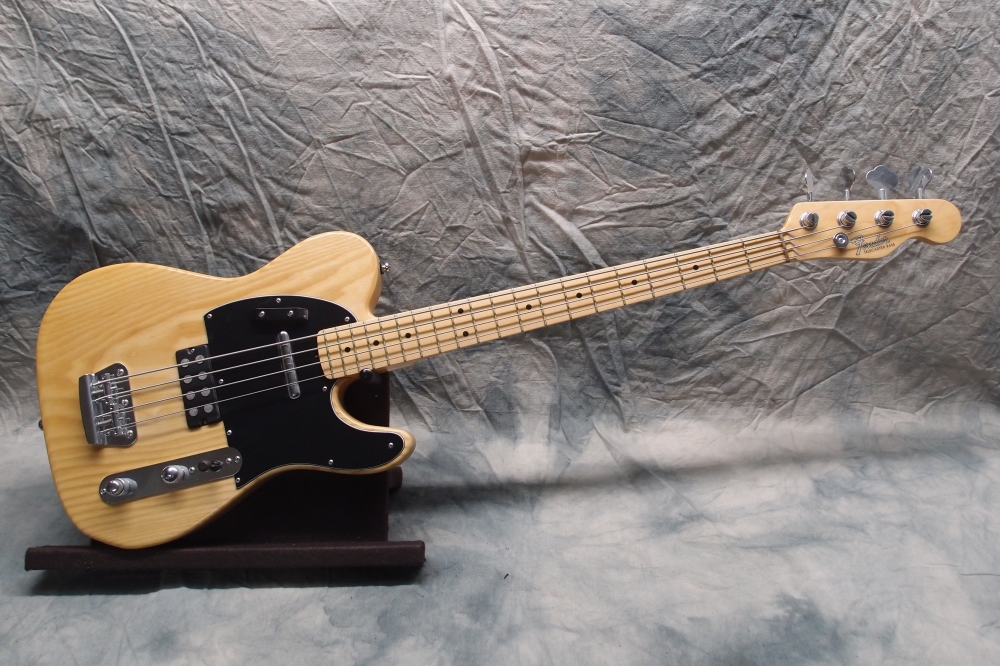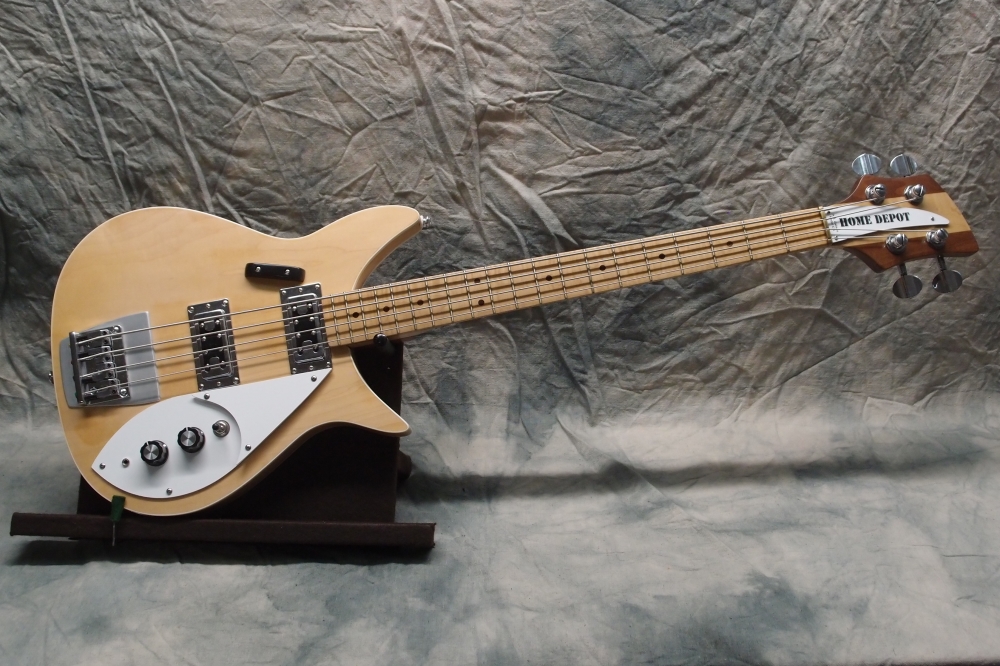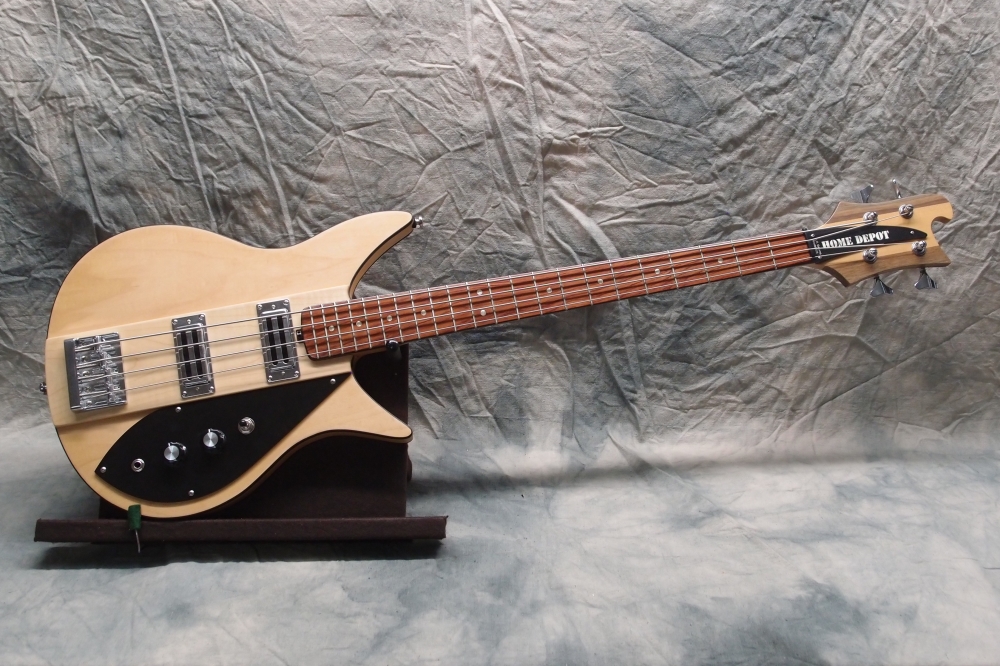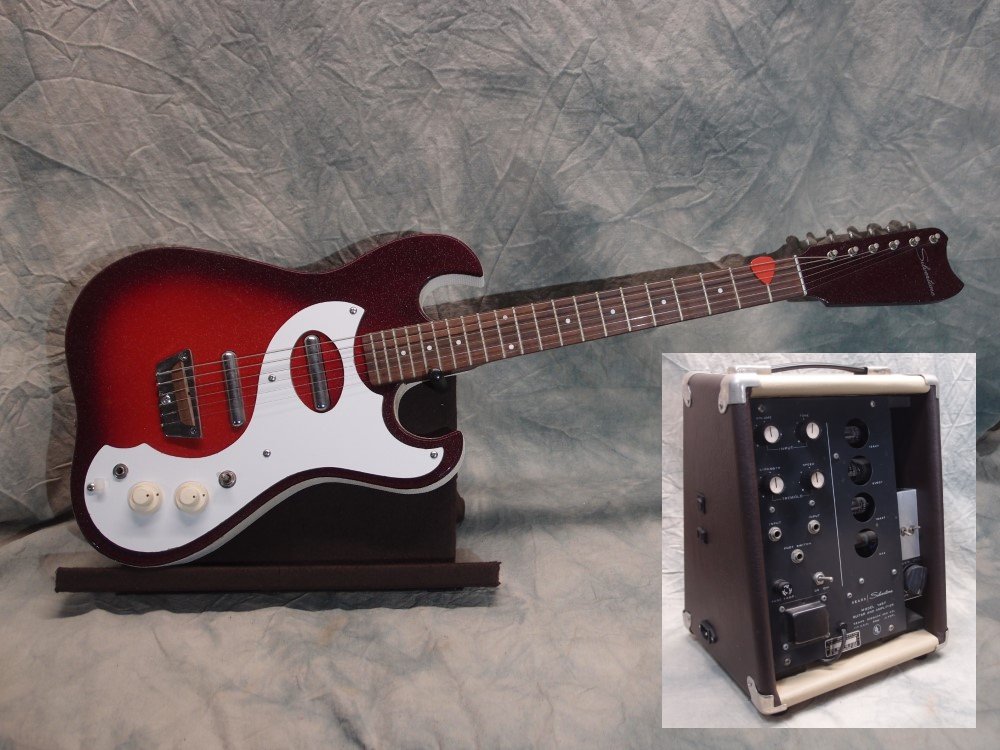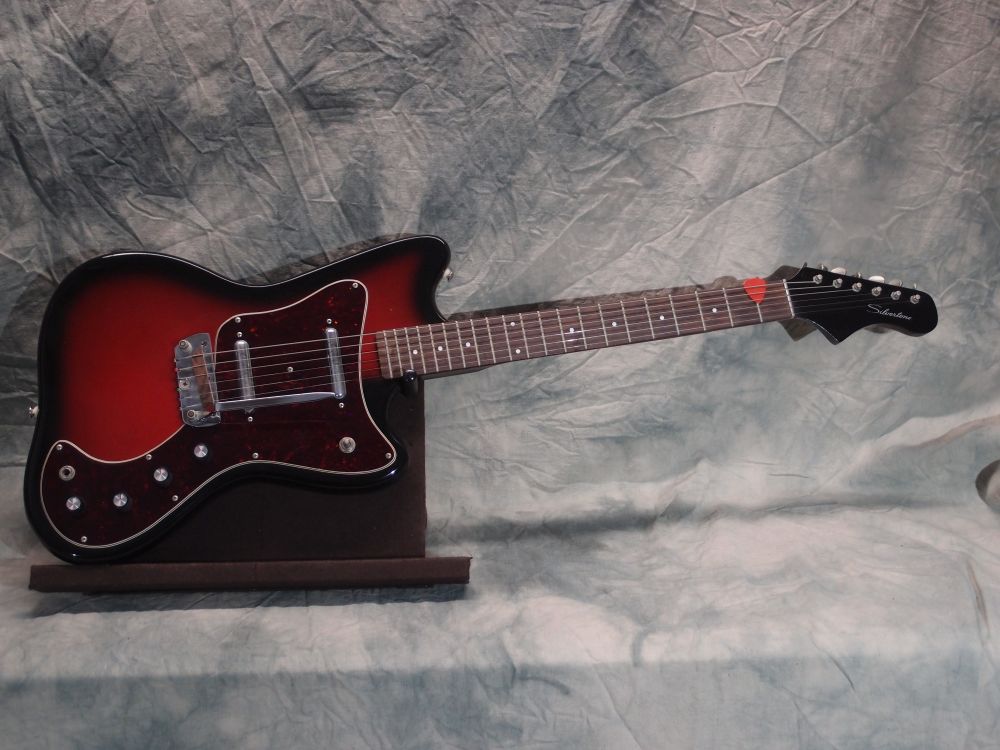Audiovox 736 Replica Bass
Audiovox Gibson-style Bass
Audiovox Gibson-style Guitar
Audiovox Strat-style Guitar
Audiovox Danelectro-style Bass
Audiovox 12-string Guitar
Audiovox Mandolin
Audiovox Ukulele Bass
Audiovox Fretless Bass
Audiovox Electric Upright Bass
BC Rich "Osprey" Bass
Brownsville Violin Bass
Cowbell Bass
Danelectro Pro-1 Bass
Danelectro "Super-63" Guitar
Danelectro Silvertone 1457 Rescue Guitar
Danelectro Silvertone 1443 Bass
Danelectro Companion Guitar
Danelectro Longhorn Guitar
Danelectro Silvertone U-1 Guitar
Danelectro '67 Hornet Guitar
Fender Jazzmaster Bass 1
Fender Jazzmaster Bass 2
Fender Jazzmaster Bass 3
Fender Stratocaster Bass 1
Fender Stratocaster Bass 2
Fender Stratocaster Micro Bass 1
Fender Stratocaster Micro Bass 2
Fender Stratocaster Fretless Bass
Fender Stratocaster Bass VI
Fender Stratocaster Bass IV
Fender Stratocaster 12-string Guitar
Fender Stratocaster Uke Bass
Fender Telecaster Bass
SX Precision Bass
Gibson Fenderbird Bass 1
Gibson Fenderbird Bass 2
Gibson Reverse Fenderbird Bass
Kubicki Bass
Mosrite Bass
Schwinn Stingray Bass
Rickenbacker 325 Guitar
Rickenbacker 325 Bass 1
Rickenbacker 325 Bass 2
Rickenbacker 325 Bass 3
Rickenbacker 4001 Bass 1
Samick SG450 Guitar
Danelectro Pro-1 Guitar
Danelectro '63 Guitar
Danelectro Silvertone 1457 Guitar
Harmony H617 Bobkat
Danelectro Silvertone 1450 Guitar
Danelectro Silvertone 1472 Amplifier
Harmony Silvertone 1478




